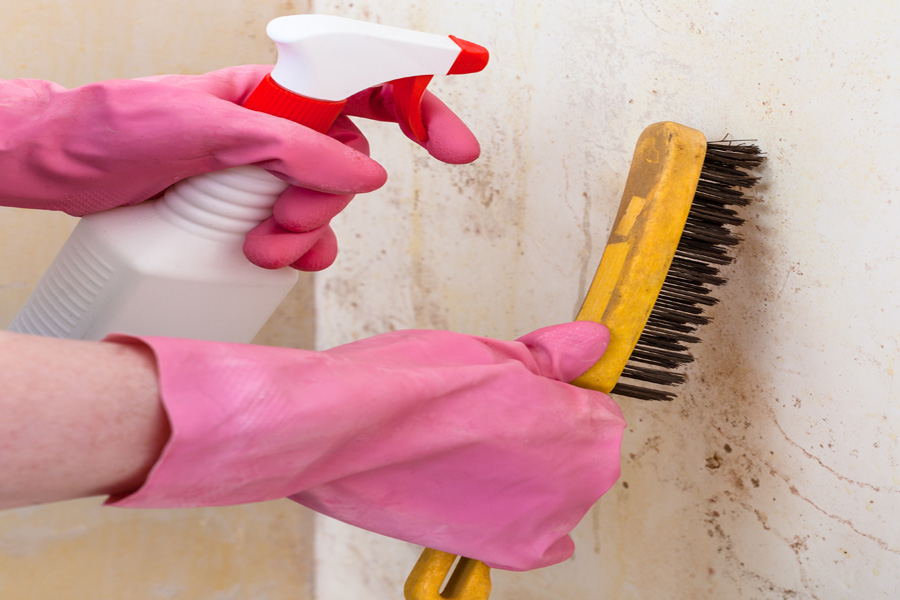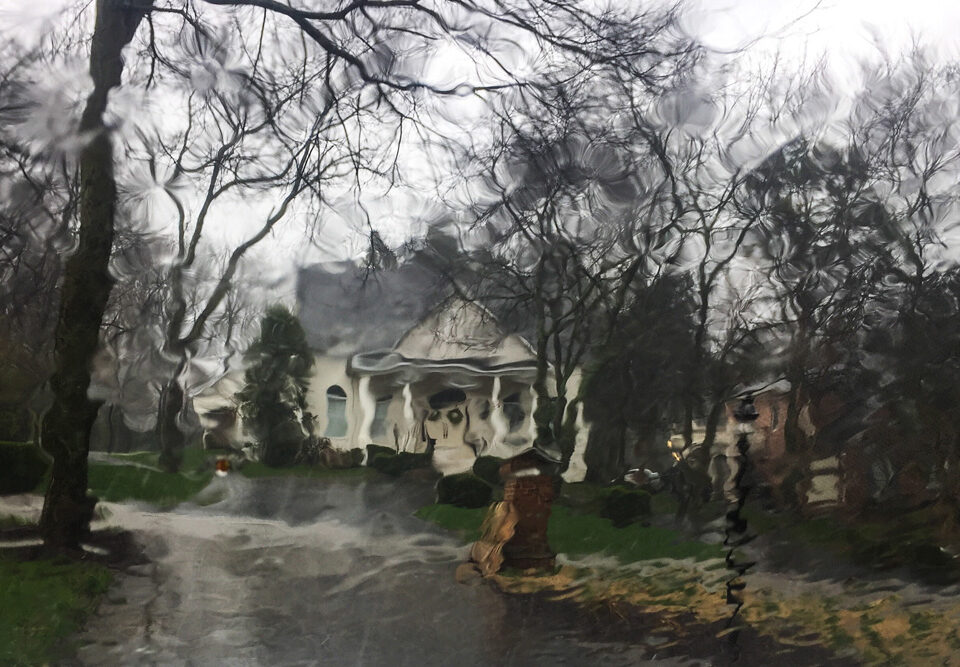
Which is Better, Interior or Exterior French Drains?
A French drain, also known as a trench drain or perimeter drain, is a perforated pipe (usually PVC or flexible plastic), that’s buried underground, either inside or outside of your home’s foundation.
French drains collect water from around the perimeter of your home and redirect it elsewhere, keeping your basement dry and safe from standing water and all the damage it can cause.
Interior French drains and exterior French drains both work in much the same way, they’re just placed in different locations and handle water drainage in somewhat different ways.
How Interior and Exterior French Drains Work
Interior French drains are placed along the inside edges of your basement. They collect the water that enters your home where the walls and basement floor meet, redirecting it to a sump pump.
An interior French drain keeps your basement dry and prevents water from pooling, which can create a breeding ground for mold, mildew, and insects.
Exterior French drains are placed around the outside of your home, which means they’re buried under the soil. They do much the same thing — drain water away from the walls of your home.
What are the differences between the two, and is an Interior or Exterior French drain better for you?
Interior vs Exterior French Drains
An exterior French drain come with a couple inherent challenges. Because it is buried outside your home, over time it can become clogged with detritus from moving soil and penetrated by the roots of growing plants.
Second, if you need to access an exterior drain (usually when it’s clogged), the repair is a big project, as the drain and the landscaping above it will have to be dug up. There may also be other problems, like the sidewalks and deck that were installed after the exterior French drain.
With an interior French drain, repairs are simpler. Yes, sometimes the concrete poured over the drain will need to be broken up for access, but that’s less work to repair than the landscaping around your home.
Another significant disadvantage of an exterior French drain is that they’re not very efficient when it comes to trying to manage a high water table. When the water table is above your basement floor, the water seeping in from under your foundation exerts what’s called hydrostatic pressure.
An interior French drain is able to handle that hydrostatically percolating water, while an exterior drain is excellent at redirecting rain runoff and local flooding. They keep surface water away from your home.
Interior French drains tend to be less expensive than exterior ones mainly because they avoid the costs of extensive excavation, landscaping, and potentially dealing with obstacles like driveways or patios.
That said, the choice between interior and exterior French drains often isn’t just about cost or ease. It’s also about the specific water problem you’re trying to address. You can count on D-Bug Waterproofing to recommend the correct solution, because a French drain can make a big difference in the lifespan of your home, protecting your walls and basement from damage for decades to come and keeping your home dry, healthy, and safe.
Want to Learn More About French Drains? We Can Help
At D-Bug Waterproofing, we have all the information you need to understand basement waterproofing and make a good decision about French Drains. Read our pages on Interior French Drains and Exterior French Drains.
You can also call D-Bug Waterproofing at 855-381-1528 or contact us today.







